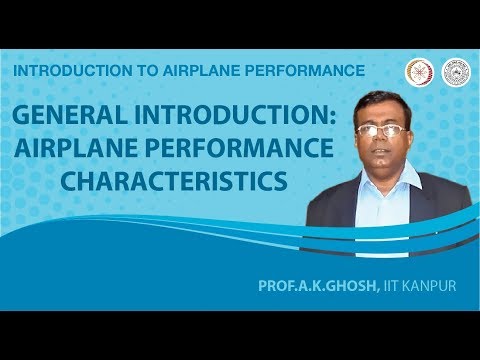Description:
Explore the fundamentals of aircraft performance in this comprehensive 20-hour course. Delve into the history of aviation, starting with George Cayley's concept of lift and drag, and progress to modern airplane components and systems. Learn about aerodynamics, including lift generation, drag polar, and the standard atmosphere. Master the use of measuring instruments like altimeters and airspeed indicators. Analyze static and dynamic performance through equations of motion, thrust and power requirements, and climb performance. Investigate range, endurance, and gliding flight, as well as accelerated flight and V-n diagrams. Study takeoff and landing performance, including the use of high-lift devices. Examine aircraft stability and control, focusing on longitudinal stability, elevator control, and the contributions of wings and tail. Conclude with an introduction to basic aircraft design principles, including wing loading, thrust loading, sweep, and dihedral.

Introduction to Airplane Performance
Add to list